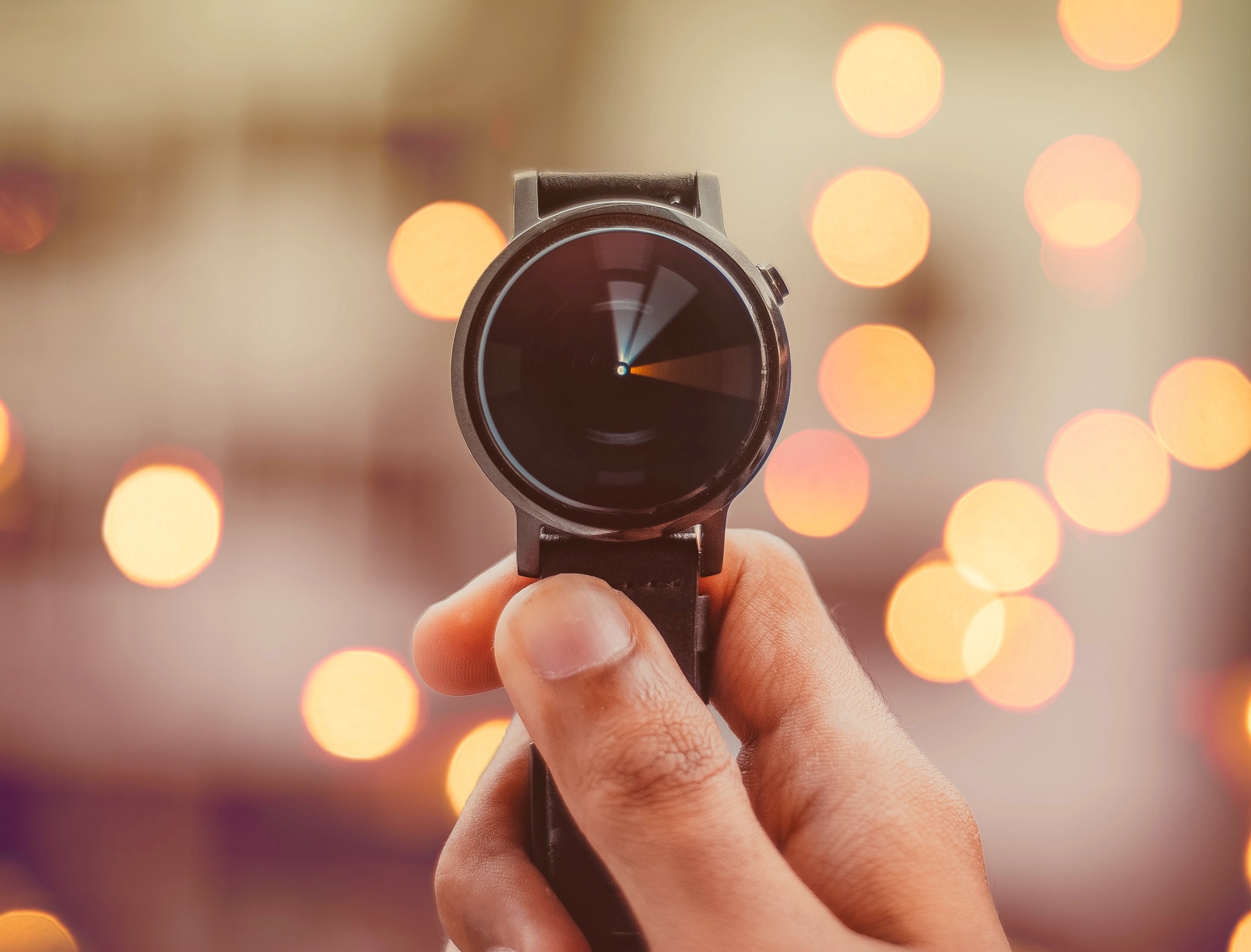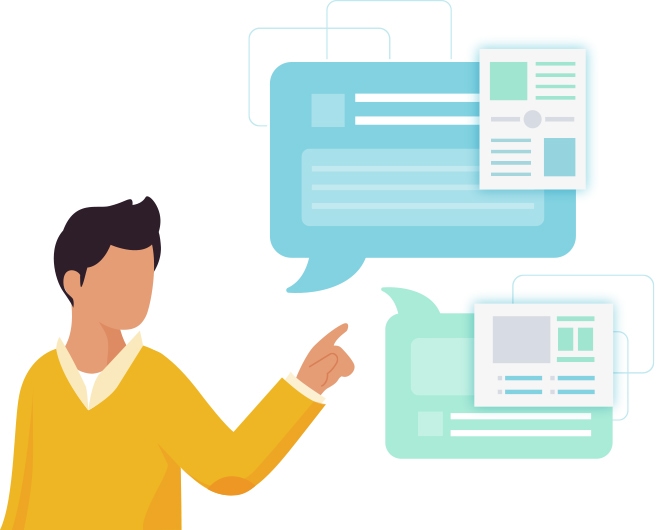
The importance of site speed
The innovative nature of Shopify means it is easy for you to improve your Shopify site speed and, in turn, improve your conversions.
How many times have you clicked on a website, only to get annoyed by its slow loading time and leave before the content loads? We’re going to guess it’s happened a few times.
People are impatient
As a business, If you don’t prioritise site speed, you run the risk of losing valuable customers. Google’s Mobile Page Speed study found that the longer a site took to load, the higher the bounce rate will be.
In fact, they found that the chance of someone bouncing increases to 123% if a site takes up to 10 seconds to load. This problem is two-fold: you are losing potential customers and having a high bounce rate can also affect your rankings on the Search Engine Results Page.
This is just one of the reasons why site speed is important for any e-commerce website.
Page speed directly effects SEO
Another reason why you should prioritise site speed is for the SEO benefits that it can deliver. Since June 2021, Core Web Vitals and page experience have officially been included as ranking factors that determine the organic search performance of your web pages.
The Core Web Vitals of your web pages is predominantly focused on the speed of your site. The three focal metrics of Core Web Vitals are Largest Contentful Paint (LCP), Cumulative Layout Shift (CLS), and First Input Delay (FID).
In short, Google will, in part, determine the organic search performance of your web pages on the following three questions.
How fast does the page load?
How fast until it is interactive?
How fast until it is stable?
So, if you want to make sure that your website ranks well in search, you need to be making page speed a priority.
Arguably, the most important benefit of increasing your Shopify site speed is how it impacts your conversions. Customers expect websites to have fast loading times. As a result, having slow loading times could result in a loss of online sales.
How site speed impacts conversions
When it comes to site speed, every second is important. In fact, a one-second site speed improvement could increase mobile conversions by up to 27%.
As such, it’s clear that having a slow site can negatively affect your conversion rate. But making even the smallest of changes to the loading speed of your website could significantly improve your sales performance. Research by Deloitte found that improving site speed by 0.1s led visitors to convert, spend more, and visit more pages per session.
By prioritising site speed, you are prioritising the customer experience. In turn, you are helping to turn your Shopify store visitors into customers.
5 site speed tips to improve Shopify conversions
1) Audit your third-party integrations

When setting up a Shopify store, it’s likely that you will install a number of apps to help you fulfil certain on-site actions. However, having a large number of apps installed on your Shopify store can be detrimental to your site speed.
Anytime you add an app to your Shopify store, you are adding additional code into the theme. This code adds bloat to your website and can negatively impact your site speed.
You can reduce excess bloat on your Shopify store by auditing your third-party integrations and apps. Doing this will help make your Shopify store faster.
First, remove any apps that you are no longer using. This is one quick way to reduce your site speed.
Next, if you think an app is slowing down your Shopify store, you should:
- Disable any app features that you aren’t using or remove the app if you don’t need it
- If you remove the app, consider removing the code that was added during the app install process
By removing unnecessary apps and website features, you can help speed up your site and maintain higher website visitor numbers.
When you next want to install an app on your Shopify site, consider whether the added value of the app will outweigh the possible reduction in load speed. By doing this, you can make sure the apps on your website are adding to the customer experience and sales performance of your website.
2) Analyse your mobile performance

With 70% of shoppers buying on mobile, the mobile experience for your onsite visitors is really important for your conversion rate.
Along with mobile clearly being a popular way to shop online, offering a poor mobile experience can also negatively impact your sales. For every second delay in mobile page load, conversions can fall by up to 20%. So, if you want to increase your Shopify sales, you need to improve your mobile performance.
Google predominantly uses mobile-first indexing. This means that Google will use the mobile version of your website content for indexing and ranking. If your website performs poorly on mobile, it could have a huge impact on your organic performance and your potential revenue. By improving mobile site speed, you could increase your organic rankings and help more potential customers find you online.
To combat the risk of poor mobile-first performance, you can test and optimise your mobile site speed using our simple speed testing tool. This will allow you to see which page elements are slowing down your site and how you can rectify these issues.
3) Fix broken links and minimise redirects
The speed performance issues of your Shopify site could be related to the number of broken links or redirects on your website.
Broken links and unnecessary redirects can also be damaging to the user experience of your website. If you want to ensure your website offers a user-friendly experience, start by fixing broken links and removing unnecessary redirects.
Website visitors want to be able to easily navigate websites to find what they are looking for. If they are constantly hit with 404 pages from broken links or slow redirect loops, they may end up abandoning your website and going to a competitor instead.
Navigate to the built-in URL redirects function in your Shopify admin panel and spend time removing any redirects that are no longer necessary.
Then use a tool such as Broken Link Checker to find and fix any broken links on your website.
Doing both of these tasks can help improve the user experience of your website and increase your site loading times – two factors that are influential in the likelihood of website visitors becoming customers.
4) Optimise your Shopify images

If your website images are large and unoptimised, it can cause your Shopify store to load slowly. In turn, the latency of your website could be the reason why your conversions are suffering.
Optimising your Shopify images is one way that you can quickly and easily improve your site speed.
The main priority when optimising your Shopify images is to ensure the file size is as small as possible without sacrificing quality. Hitting this sweet spot will allow your page load times to remain low. You will want to use image compression to optimise your website images. This allows you to reduce the size of your images in order to reduce website bloat and latency.
You should also take care when choosing which image format to use on your website. Typically, your website images will either be PNG, JPEG or WebP. There are times when each of these image formats will be beneficial for your website. However, WebP is the best image format to use if you want to compress images and keep your image file size low without losing quality.
When optimising your images, take time to carry out some image SEO by improving your alt texts and renaming your image filenames with relevant and keyword-rich information. This will help Google to crawl your images and display them in search engine results. It’s also good practice for improving accessibility for people who are visually impaired.
5) Keep your site lean
Saving the best for last, keep your website lean.
Some website themes can be bulky and weighed down with unnecessary features and elements. Your site theme can be one of the main reasons why your site loading time is so low.
When choosing a theme for your Shopify store, look for a fast and responsive theme. A responsive theme is key for ensuring your Shopify store has a design that’s optimised for mobile – and we know how important mobile performance is for site speed and conversions.
Having a fast loading theme will also increase your conversions by making it quicker and easier for customers to move through the purchase journey.
Before buying and installing your chosen theme, we recommend you run the theme preview page through Google’s PageSpeed Insights tool to gauge the loading speed of the theme.
Once your site is installed, keep your theme up-to-date. Having the latest theme version means your theme will benefit from bug fixes, new features, and it will be optimised for the latest version of Shopify. This optimisation will help improve your Shopify page speed and, subsequently, could improve your on-site conversions.
Stonethro, bringing you one step closer to a faster Shopify store